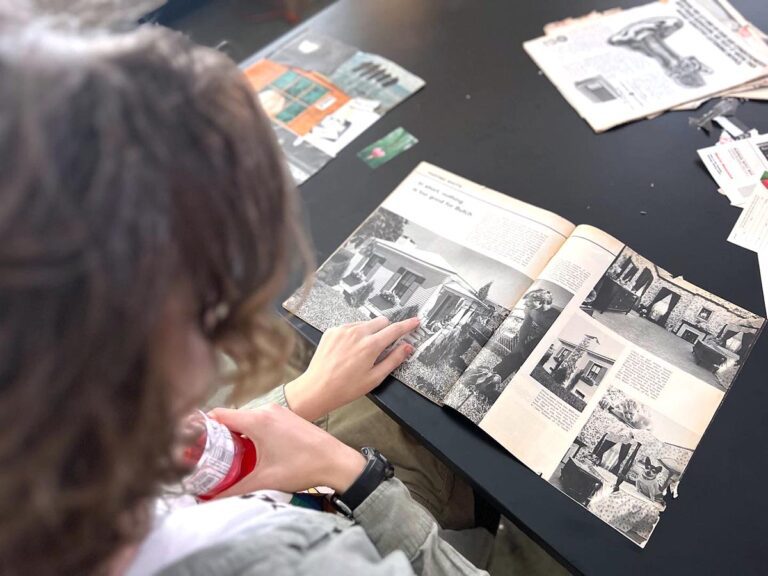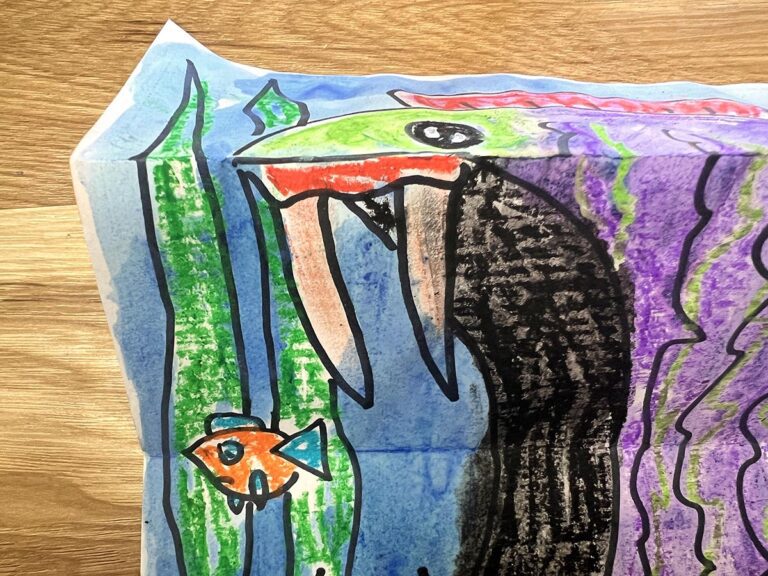Have you ever planned the best lesson in the world? It might have looked something like this: Your students are engaged in discussion, they’re excited to see all the artwork shown, they’re asking wonderful questions. Then, it’s time to create…and they all just sit there.
The blank stares on your students’ faces, might not be because they are uninspired, rather that they’re overstimulated with ideas and don’t know where to start. This scenario is why teaching creativity in your classroom is so important. Here’s how to get started.
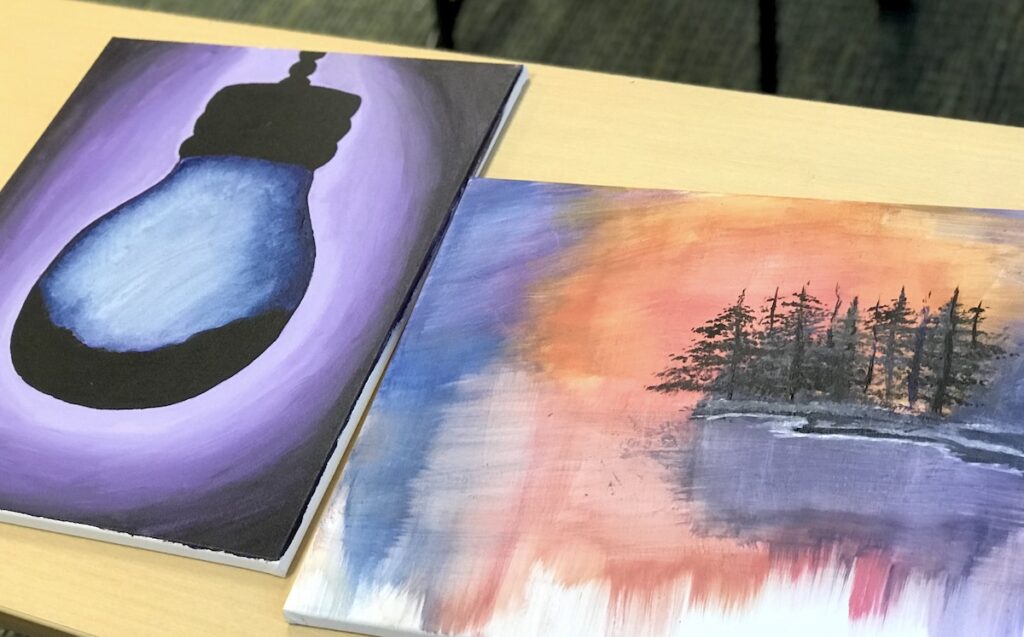
What is Creativity?
Let’s look at the word creativity. According to Google, in its simplest form, creativity is, “the use of the imagination or original ideas, especially in the production of an artistic work.” Many of our students, and even adults, view creativity as an innate gift—something they are born with. However, it is a skill that can be taught. Athletes aren’t born to be professional athletes; it takes discipline and practice. Creativity can be viewed in this same way.
Researcher Dr. George Land conducted a creativity test that showed creativity was highest in young children and steadily decreased into adulthood. He concluded that non-creative behavior is learned. It is our duty as art teachers to foster creativity as a skill rather than unlearning this behavior.
Let’s stop looking at creativity as a noun and instead think of it as a verb. We can do this by exposing our students to activities that promote creative and divergent thinking.
5 Creativity Activities to Try with Your Students
1. Camouflage Drawing Challenge
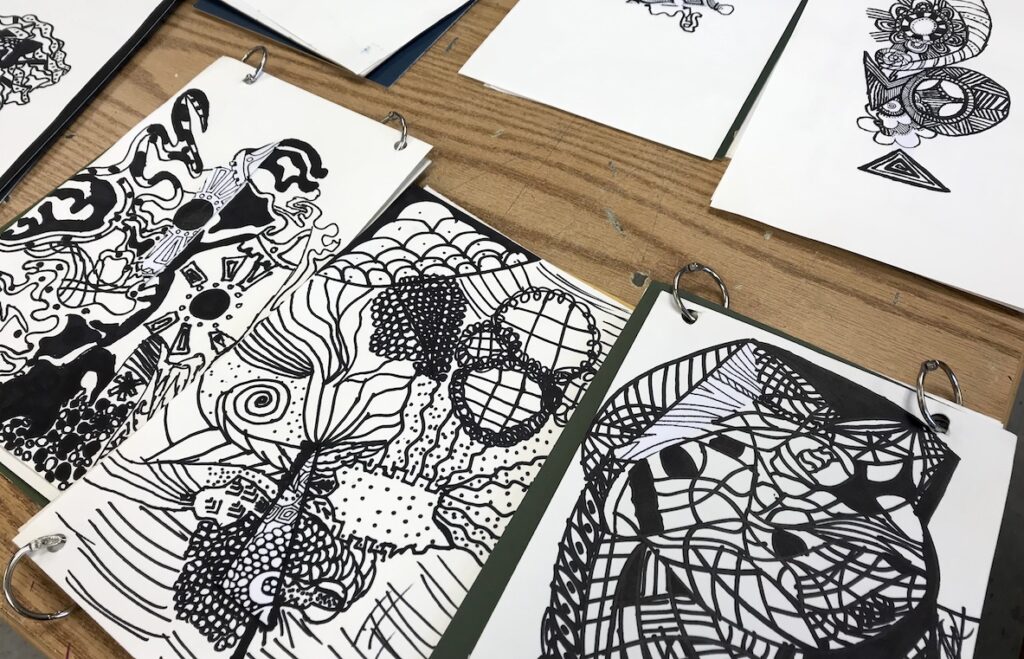
The camouflage drawing challenge is a great exercise to foster creativity. Although students are participating in the same activity, the process of divergent thinking will emerge because none of the solutions will be the same. Start by giving each of your students a small scrap of paper with a design already drawn on it. Cut up coloring pages work great for this. Glue the scrap of paper down, and have students add their own designs. The goal of this activity is to make it challenging to find where the original design began. Starting with a small scrap of paper will lead to a new, creative design.
2. Color Mixing Challenge
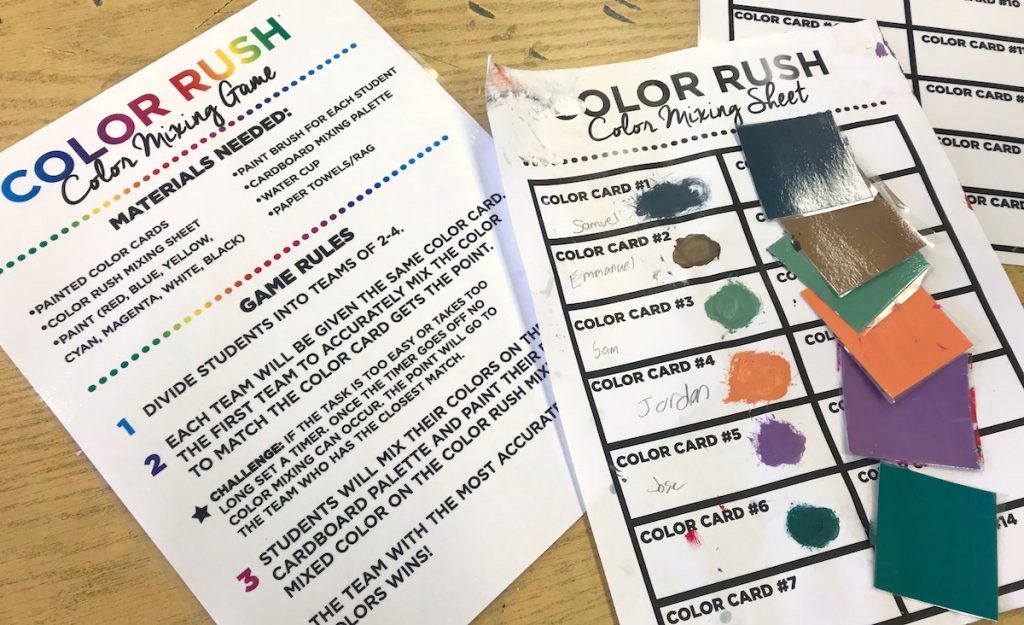
Some of the best creative learning experiences come through exploration and play. Creative play occurs when students are using familiar materials in unfamiliar ways. In a middle school classroom, students are familiar with paint but might not use it playfully to explore something new. This color mixing game is the best way for students to engage in play while learning new concepts.
3. Left and Right Brain Drawing Activities
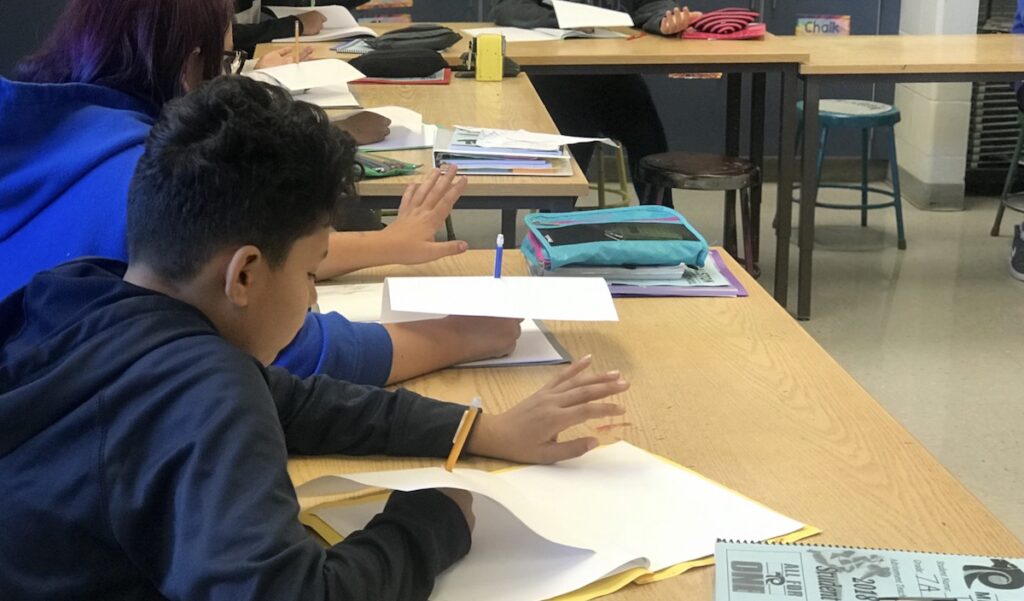
Almost every art teacher is familiar with the work by Betty Edwards, in particular, her book, Drawing on the Right Side of the Brain. The activities in her book have continued to work in classrooms for decades. The activities Edwards presents force artists to become uncomfortable and think differently.
Try out these drawing exercises with your students.
- Drawing with your non-dominant hand.
- Drawing with a material attached to the end of a ruler or long stick.
- Upside down drawing.
4. Design Challenges
Solving problems is at the root of creativity. Utilizing design challenges is an apparent way to show students how different solutions can be used to solve one problem. Typically a design challenge will have a prompt or a challenge to solve. Using the materials provided, students develop a solution. Consider having students collaborate on these tasks as collaboration can be a key way to foster creativity.
Try out these design challenges with your students:
- A Design Challenge for Environmentally Conscious Art Teachers
- 3 Awesome Art Challenges for the First Week of School
- 3 Art Challenges That Are Perfect for the End of the Year
- Why You Should Incorporate Art Challenges in Your Room This School Year
- A Winning Game for the First Day of School
5. Painting Musical Chairs Style
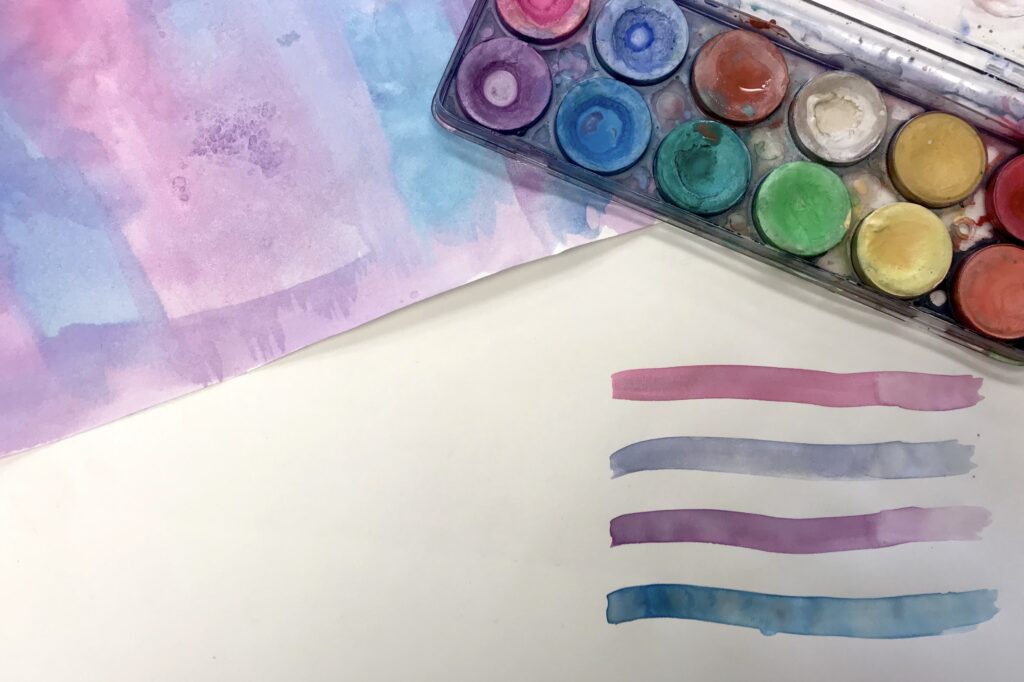
For many of our students, the fear of failure might inhibit their creativity. When creating, if their design doesn’t turn out as they’ve imagined, they can feel frustration and defeat. We need to teach our students how to overcome these feelings and turn mistakes into celebrations.
One of the best ways to do this is by creating in the style of musical chairs. Any medium can work for this activity, but paint seems to work best. Students start with a blank piece of paper at their table and begin creating any artwork they want. When the timer goes off, or the music stops, students move to the next seat leaving their painting behind. They will then add onto to their neighbor’s painting. Continue this process until time runs out or each student has made it around the room.
When students return to their seat, they might be thrilled or not so excited with the way their painting turned out. Use this as an opportunity to challenge your students’ creative thinking to turn their artwork into the finished piece they desire.
Incorporating exercises and activities that encourage creativity will help your students develop independent, divergent thinking skills. These are key components to ensure our students don’t get stuck and can continue innovating to solve problems. Try incorporating one of these activities in your art room to start fostering a creative environment for your students.
What is your favorite activity to encourage creativity?
Do your students struggle with being creative?
Magazine articles and podcasts are opinions of professional education contributors and do not necessarily represent the position of the Art of Education University (AOEU) or its academic offerings. Contributors use terms in the way they are most often talked about in the scope of their educational experiences.



